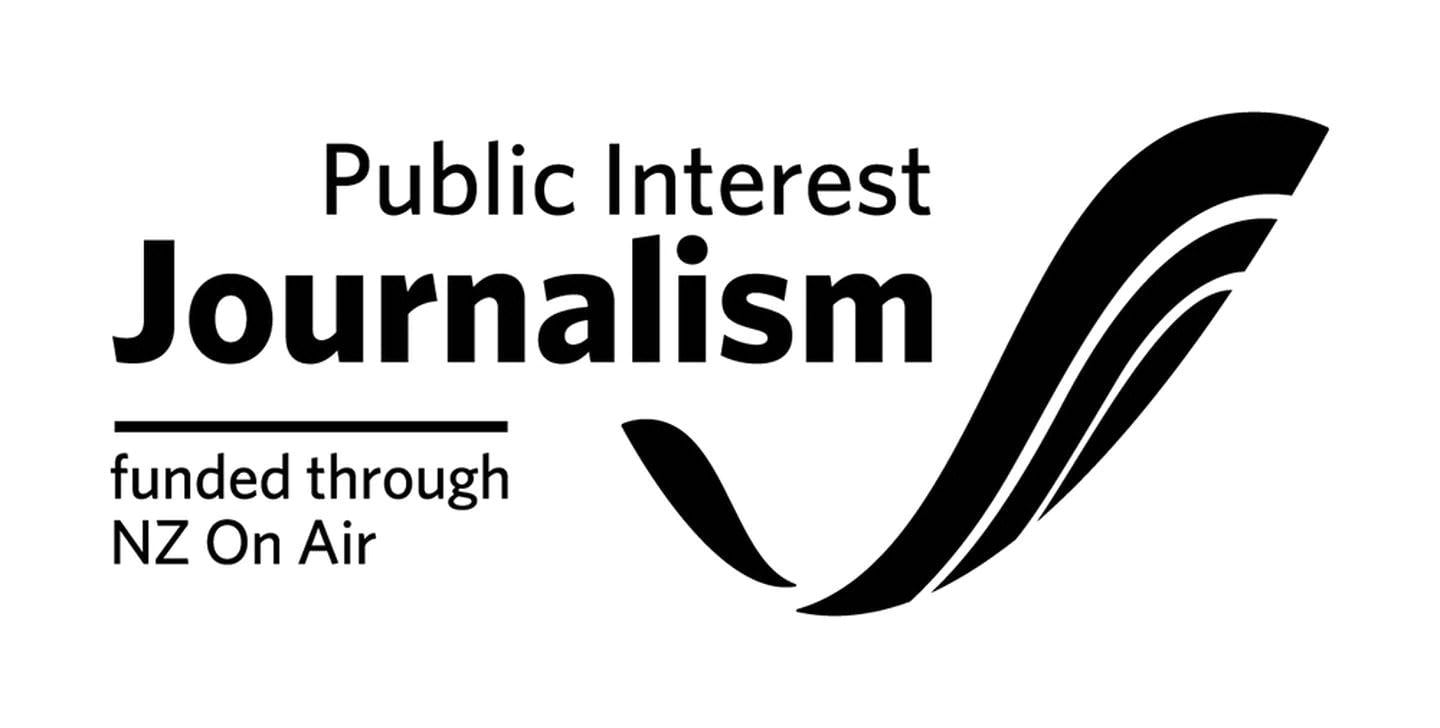A September report says Tiwai point could cost around $1 Billion to clean-up . Photo / Supplied
The owners of the Tiwai Point Aluminium Smelter and Ngāi Tahu have agreed to work together to restore the moana and whenua, for decades contaminated by plant run-off.
The historic partnership signed in Bluff Friday, will extend beyond the December 2024 life of the plant and will see Murihiku Rūnaka provide guidelines on mātauranga Māori, while both work to remove waste, increase environmental monitoring, and start remediating damage.
“I have always believed there is a future for this land. Now we can engage in responsible environmental management and look at a long-term future for Tiwai,” Upoko o Te Rūnaka o Awarua Tā Tipene O’Regan said.
“It is important to note that while the remediation issue is led by Te Rūnaka o Awarua, it is also supported by other rūnaka within Murihiku,” he said.
The deal comes after a damning report on the smelter’s environmental damage went public last month, with analysts speculating clean-up costs could top $1 billion.
The report for Environment Southland faulted earlier company-commissioned studies, for taking "no effort" to identify fish, shellfish or other species that might be at risk from contaminated stormwater pouring out of the plant’s three drains, into the inner harbour.

A new report has found widespread contamination around the Tiwai Point site. Photo / Supplied
In the 1990s cancer-causing polycyclic aromatic hydrocarbons and cyanide leaked from the plant into the harbour and was even detected further afield in Te Ara a Kiwa (Foveaux Strait).
“This agreement reinforces the commitments we’ve made to remove waste and remediate the site, irrespective of the smelter’s future,” New Zealand Aluminium Smelter chief executive, Chris Blenkiron said.
NZAS is a joint venture owned by Rio Tinto (79.36%) and Japan’s Sumitomo Chemical Company (20.64%).
“We’re proud to be working alongside Murihiku Rūnaka and Te Rūnanga o Ngāi Tahu in continuing this important mahi. Their guidance will be invaluable as we progressively remediate the site.”
The smelter company has conceded waste was poorly handled in the past but said it had improved and it was now drilling 50 new monitoring wells.

Forecasts for cleaning up the Tiwai Point Aluminium Smelter site are rising, with some predicting it could top $1 billion. Photo / RNZ / Nate McKinnon
Authors of the latest report told the council they believed some waste might have been dumped straight on the whenua, instead of being encased, in the past.
"We were surprised to see quite high levels of fluoride just in the surface soils in parts of the site, which suggests that cerrtain types of waste have just been laid down on those soils," Simon Hunt of EHS Support said.
"There's a significant amount of groundwater contamination sitting under the site from fluorides, these polycyclic aromatic hydrocarbons ... and obviously aluminium. And those are all key contaminants."
Plant co-owner Rio Tinto credited Tiwai Point with making among the lowest-carbon aluminium in the world but conceded it needed to up its game to protect the environment.
“Rio Tinto is working to improve our relationship with mana whenua and to do this in a way that recognises their kaitiaki,” chief executive aluminium Ivan Vella said.
“This partnership demonstrates how we intend to operate in Aotearoa.”


